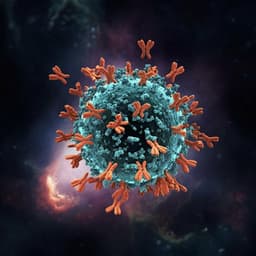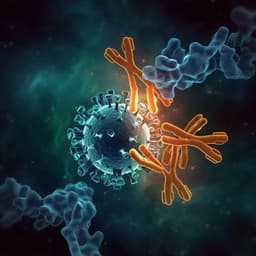
Medicine and Health
Cross-neutralization of Omicron BA.1 against BA.2 and BA.3 SARS-CoV-2
J. Zou, C. Kurhade, et al.
This study reveals the comprehensive cross-neutralization of Omicron sublineages BA.1, BA.2, and BA.3, shedding light on the varying effectiveness of neutralization in sera from BA.1-infected individuals. Conducted by experts from the University of Texas Medical Branch, this research underscores critical considerations for future COVID-19 vaccine strategies.
~3 min • Beginner • English
Related Publications
Explore these studies to deepen your understanding of the subject.







